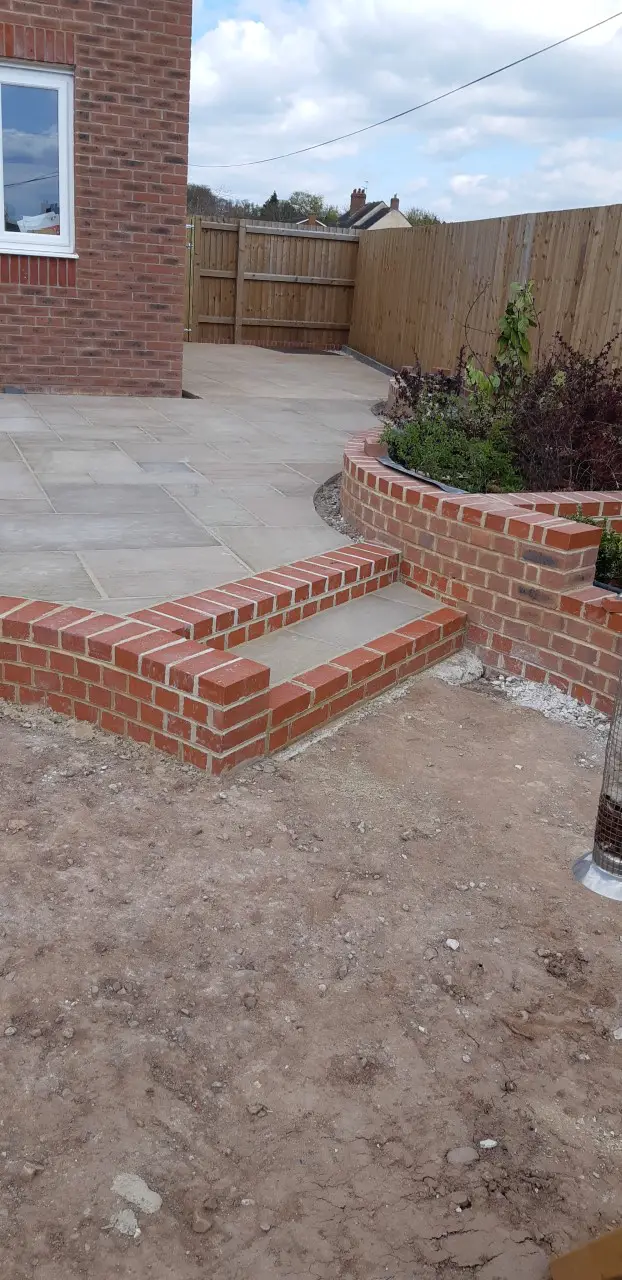Our retaining wall looks dreadful. Bricks blown, we painted it but the bricks keep blowing.
What do we do.?
End result would be nice to have the engineering top and paint the sides but want to have a solution that will last and looks nice.
Holding back the earth as you can see.
Some blown parts of the wall don't have earth behind, some do.
Can we recover anything of whats here, remedial?. Do we need to rebuild, engineering bricks/concrete blocks etc. These were Golden Buff, same as our bungalow bricks none of which have blown (pic attached of them), it looked really nice .. once . Painted it looked nice but we are fighting a losing battle.
Any advice appreciated.
Pg






What do we do.?
End result would be nice to have the engineering top and paint the sides but want to have a solution that will last and looks nice.
Holding back the earth as you can see.
Some blown parts of the wall don't have earth behind, some do.
Can we recover anything of whats here, remedial?. Do we need to rebuild, engineering bricks/concrete blocks etc. These were Golden Buff, same as our bungalow bricks none of which have blown (pic attached of them), it looked really nice .. once . Painted it looked nice but we are fighting a losing battle.
Any advice appreciated.
Pg









